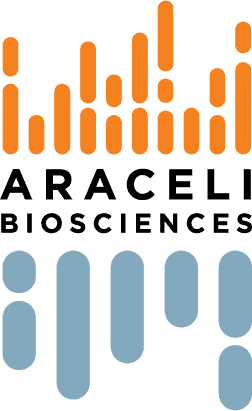Unlike other screening approaches, high content analysis (HCA) allows for the examination of individual cells and cell populations following treatments to compounds or conditions. In HCA workflows, cells are typically treated with a compound of interest, fixed, stained with fluorescent dyes or antibodies, and then imaged using an automated microscope. The collected images are then analyzed, resulting in a rich data set of many different measurements, ranging from information describing the positions of cells, down to the fine intensity variations in mitochondria. By utilizing this content-rich image data, HCA allows for the multiplexing of many endpoints, meaning users can interrogate both target-specific and off target effects of a given treatment.
In comparison to other methods such as Western blotting or flow cytometry, most HCA-based assay examine adherent cell lines. By examining adherent cells, the image data provides contextual information, including the localization of the target protein or organelle. For example, in the image below, users can examine a host of measures within the neuron using a neurite outgrowth assay. These measures include intensity and intracellular localization of proteins and organelles, as well as the length of neuron outgrowth (neurites) how many cells they connect to, and more. As shown below, some compounds can result in a loss of neurite branches and cell death (A), when compared to the vehicle control (B). From this information, scientists can evaluate efficacy and toxicity of certain compounds. Because HCA allows the examination of adherent cells, we can gain this valuable understanding that would be lost in the sample preparation of other techniques.

Figure 1: Neurite outgrowth assay. In figure A, cells are treated with a cytotoxic compound, resulting in a lack of outgrowth and increased cell death, compared to B (vehicle control). The endpoint measured here cannot be assessed using non-image based methods.
By utilizing valuable image data, scientists can quickly make decisions on complex underlying biology that is not evident when utilizing other laboratory techniques. Contact us today to learn more!



